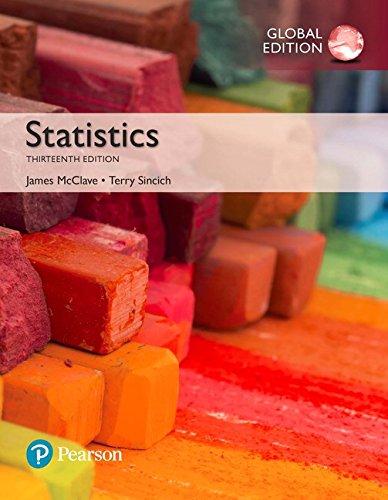Susceptibility to hypnosis. A standardized procedure for determining a persons susceptibility to hypnosis is the Stanford Hypnotic
Question:
Susceptibility to hypnosis. A standardized procedure for determining a person’s susceptibility to hypnosis is the Stanford Hypnotic Susceptibility Scale, Form C
(SHSS:C). Recently, a new method called the Computer-
Assisted Hypnosis Scale (CAHS), which uses a computer as a facilitator of hypnosis, has been developed.
Each scale classifies a person’s hypnotic susceptibility as low, medium, high, or very high. Researchers at the University of Tennessee compared the two scales by administering both tests to each of 130 undergraduate volunteers (Psychological Assessment, Mar. 1995). The hypnotic classifications are summarized in the table at the bottom of the page. A contingency table analysis will be performed to determine whether CAHS level and SHSS level are independent.
a. Check to see if the assumption of expected cell counts of 5 or more is satisfied. Should you proceed with the analysis? Explain.
CAHS Level Low Medium High Very High Totals Low 32 14 2 0 48 SHSS: C Level Medium 11 14 6 0 31 High 6 14 19 3 42 Very High 0 2 4 3 9 Totals 49 44 31 6 130
b. One way to satisfy the assumption of part a is to combine the data for two or more categories (e.g., high and very high) in the contingency table. Form a new contingency table by combining the data for the high and very high categories in both the rows and the columns.
c. Calculate the expected cell counts in the new contingency table you formed in part
c. Is the assumption now satisfied?
d. Perform the chi-square test on the new contingency table.
Use a = .05. Interpret the results.
Step by Step Answer:






